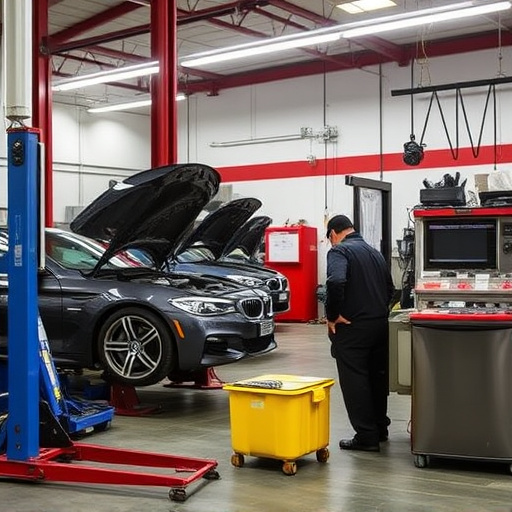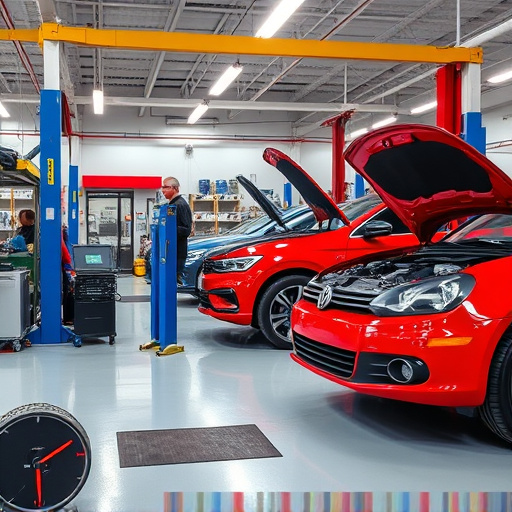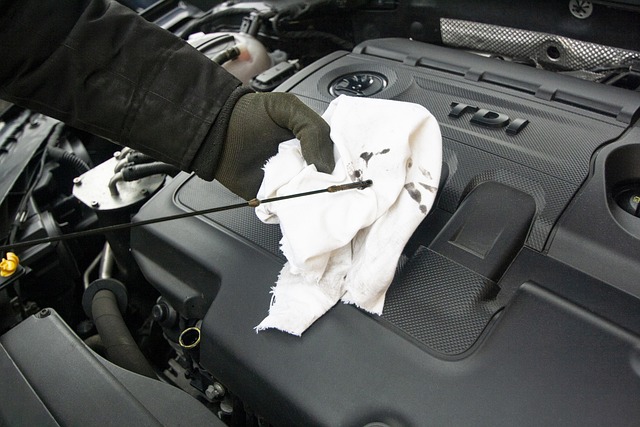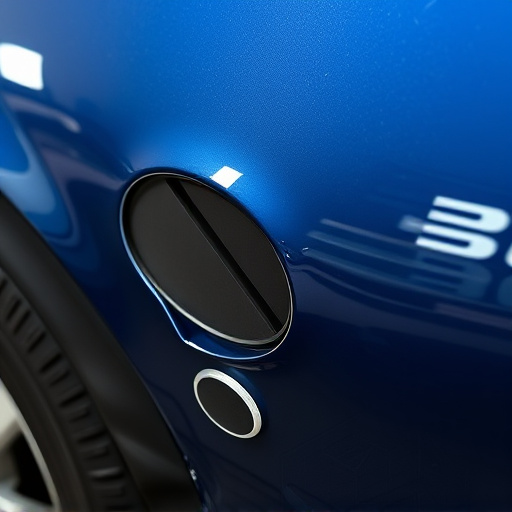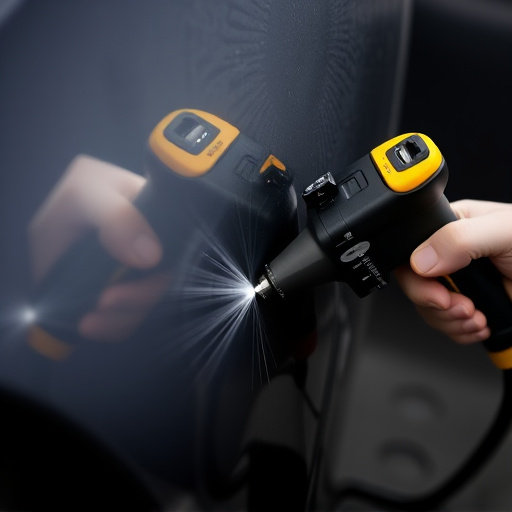Airbag module replacement requires meticulous attention and automotive expertise. It involves diagnosing issues, removing and testing components, and retesting post-replacement to ensure safe and reliable vehicle repair. Strict safety protocols, including securing the vehicle and donning protective gear, must be followed. Comprehensive testing verifies system functionality, ensuring passenger protection in future emergencies.
Airbag modules are critical safety features in modern vehicles, and their proper functioning is paramount. When a replacement becomes necessary, technicians must follow precise protocols to ensure both effectiveness and compliance with safety standards. This article delves into the step-by-step process of airbag module replacement, highlighting critical understanding, safety measures, and verification techniques. By exploring these key aspects, we provide essential guidance for technicians navigating this crucial procedure.
- Understanding Airbag Module Replacement Processes
- Safety Protocols Before and After Replacement
- Verifying System Functionality Post-Installation
Understanding Airbag Module Replacement Processes
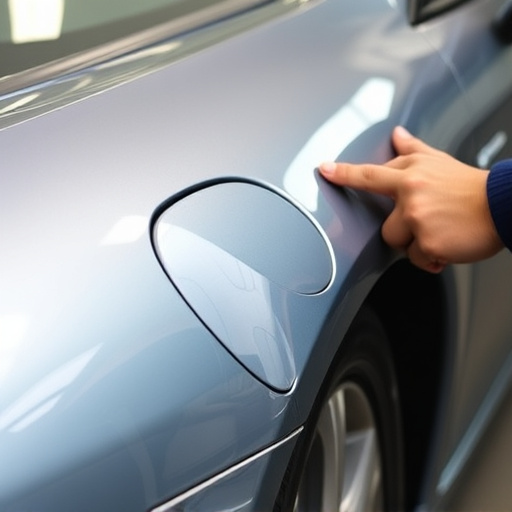
The process of airbag module replacement is a critical procedure that requires meticulous attention to detail and a deep understanding of automotive systems. It involves more than just swapping out a faulty component; it’s a precise, structured dance within the car’s internal network. Technicians must first diagnose the issue, often involving sophisticated diagnostic tools to pinpoint the problem with the airbag module itself and any connected sensors or wiring. Once identified, the old module is carefully removed, ensuring proper deactivation to prevent accidental deployment during the repair process.
This intricate work demands a deep knowledge of car bodywork and vehicle repair services. Technicians must be adept at handling sensitive electrical components and understanding the intricate relationships between various systems within the car. After replacing the airbag module, they perform thorough testing to verify the system’s functionality, ensuring every sensor and mechanism is operating as intended before finalizing the vehicle repair services. This rigorous process guarantees that when the car hits the road again, it does so with a safe and reliable airbag system.
Safety Protocols Before and After Replacement

Before initiating any airbag module replacement, technicians must adhere to stringent safety protocols. This involves securing the vehicle in a controlled environment, disconnecting the battery to prevent accidental deployment, and donning specialized protective gear. The workspace is meticulously prepared, ensuring no loose debris or foreign objects that could interfere with the precise installation process.
Post-replacement, safety measures remain paramount. Technicians must re-establish electrical connections, thoroughly test the new module, and verify proper functioning through diagnostic tools. Once confirmed, the vehicle’s systems are reactivated, and a final inspection is conducted to identify any collision damage repair remnants or potential issues stemming from the initial collision. This meticulous approach guarantees that the airbag system operates safely and effectively, prioritizing passenger protection in any future incidents.
Verifying System Functionality Post-Installation
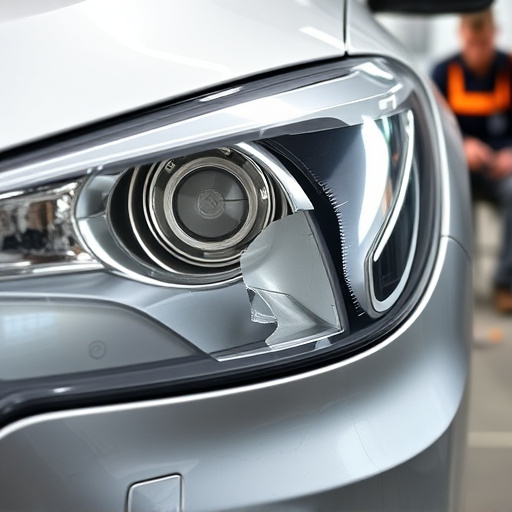
After replacing an airbag module, technicians must rigorously test and verify the entire system’s functionality to ensure it operates as expected. This involves conducting a series of diagnostic checks using specialized tools to confirm proper communication between the airbag control unit, sensors, and other relevant modules. By simulating various scenarios, such as collision detection and deployment sequences, technicians can pinpoint any potential issues or discrepancies before finalizing the repair.
A crucial step in this process is recalibrating the system to account for any changes introduced during the airbag module replacement and car dent removal process. This may include realigning sensors, updating software, or resetting the control unit. Only after successfully completing these verification steps can an automotive body shop confidently assert that the system is safe and ready for operation, ensuring customer satisfaction and vehicle safety in case of future emergencies.
After replacing an airbag module, technicians must rigorously follow safety protocols and verification procedures to ensure the system’s functionality. This meticulous process involves understanding the replacement process, adhering to strict safety measures, and conducting thorough checks post-installation. By prioritizing these steps, technicians can guarantee that the replaced airbag module operates effectively, providing the utmost protection for vehicle occupants in the event of an accident.


